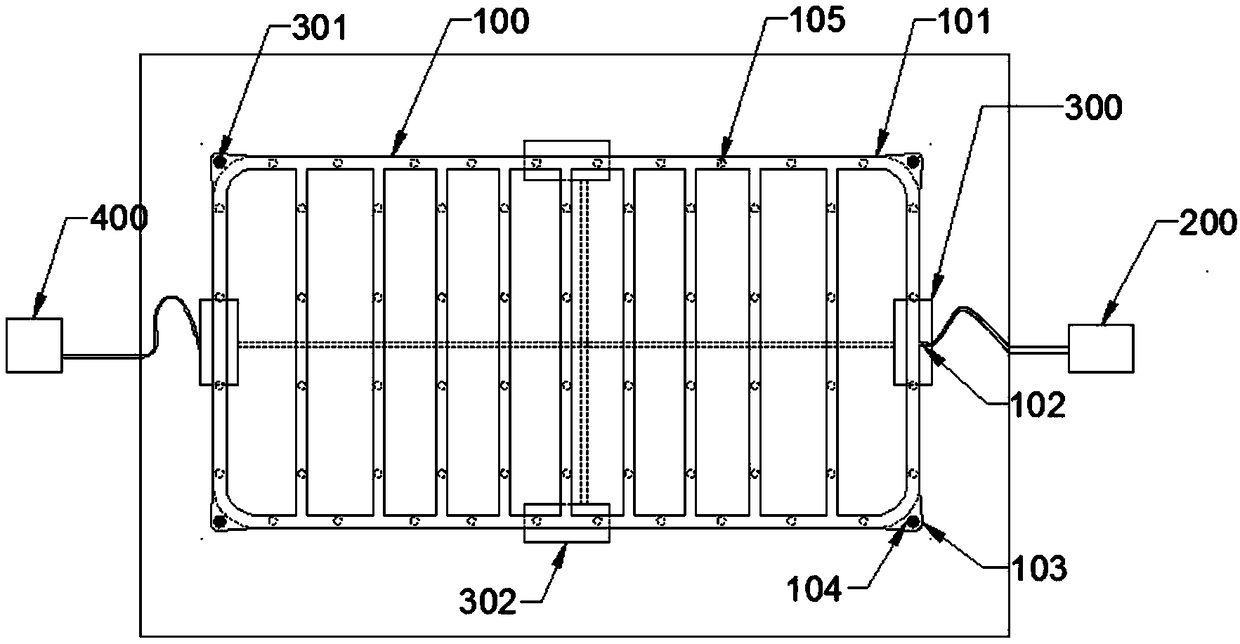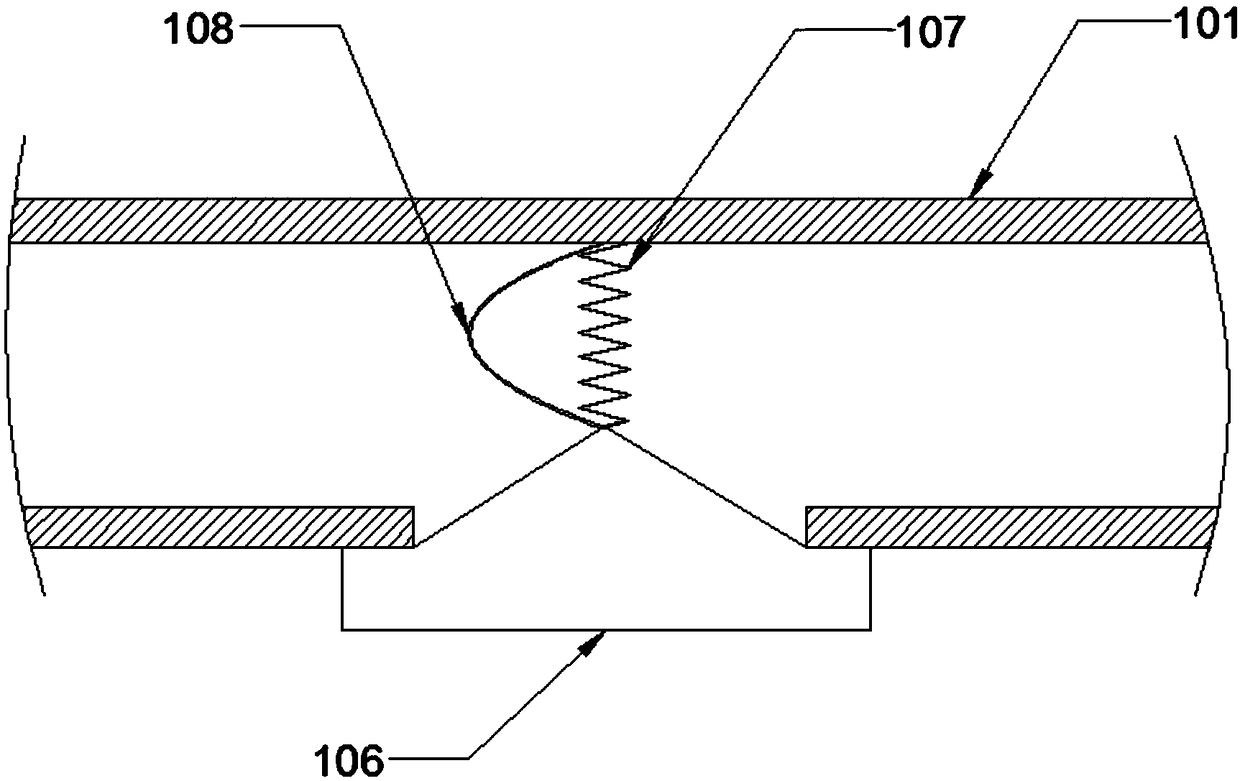Anti-toxic culture method of Penaeus vannamei
A culture method and technology for white shrimp, which are applied in the field of anti-poison culture of white shrimp, can solve the problems of small size of finished shrimp, low survival rate of shrimp fry, poor economic benefit, etc. handy effect
- Summary
- Abstract
- Description
- Claims
- Application Information
AI Technical Summary
Problems solved by technology
Method used
Image
Examples
Embodiment 1
[0043] The invention provides a method for anti-poisonous culture of Penaeus vannamei, comprising:
[0044] A, after removing the sludge at the bottom of the culture pond, spread quicklime, and expose to the sun for 2 days, and disinfect the bottom of the culture pond;
[0045] B. Mix kaolin and fine sand in a mass ratio of 1:1 to make mixed soil. After laying 10cm thick mixed soil at the bottom of the culture pond, expose to the sun for 2 days;
[0046] C. Inject water into the breeding pond until the water depth is 50cm, then sprinkle 5kg / mu of plant ash, 4kg / mu of chicken manure and 1kg / mu of calcium magnesium phosphate fertilizer into the breeding pond, after standing for 15 days, pour water into the breeding pond to the depth of water 1.5m;
[0047] D. Put Penaeus vannamei shrimp seedlings in the breeding pond at a breeding density of 40,000 tails / mu, and then feed ozone or oxygen or air into the breeding pond; ozone can be sterilized, and after ozone is decomposed into ...
Embodiment 2
[0082] The invention provides a method for anti-poisonous culture of Penaeus vannamei, comprising:
[0083] A, after removing the sludge at the bottom of the culture pond, spread quicklime, and expose to the sun for 2 days, and disinfect the bottom of the culture pond;
[0084] B. Mix kaolin and fine sand in a mass ratio of 1:1 to make mixed soil. After laying the mixed soil with a thickness of 10 cm at the bottom of the breeding pond, expose to the sun for 3 days;
[0085] C, pouring water to the depth of water in the culture pond is 55cm, sprinkle into the plant ash of 7kg / mu, the chicken manure of 3kg / mu and the calcium magnesium phosphate fertilizer of 0.7kg / mu in the culture pond afterwards, leave standstill after 10 days, in the culture pond, pour water to The water depth is 1.6m;
[0086]D. Put Penaeus vannamei shrimp seedlings in the breeding pond at a breeding density of 45,000 tails / mu, and then feed ozone or oxygen or air into the breeding pond; ozone can steril...
Embodiment 3
[0121] The invention provides a method for anti-poisonous culture of Penaeus vannamei, comprising:
[0122] A, after removing the sludge at the bottom of the culture pond, spread quicklime, and expose to the sun for 3 days, and disinfect the bottom of the culture pond;
[0123] B. Mix kaolin and fine sand in a mass ratio of 1:1 to make mixed soil. After laying the mixed soil with a thickness of 10 cm at the bottom of the breeding pond, expose to the sun for 3 days;
[0124] C. Inject water into the breeding pond until the water depth is 6cm, then sprinkle 10kg / mu of plant ash, 4kg / mu of chicken manure and 1kg / mu of calcium magnesium phosphate fertilizer into the breeding pond, after standing for 15 days, pour water into the breeding pond to the depth of water 1.8m;
[0125] D. Put Penaeus vannamei shrimp seedlings in the breeding pond at a breeding density of 45,000 tails / mu, and then feed ozone or oxygen or air into the breeding pond; ozone can sterilize, and after ozone is de...
PUM
| Property | Measurement | Unit |
|---|---|---|
| particle diameter | aaaaa | aaaaa |
Abstract
Description
Claims
Application Information
 Login to View More
Login to View More - R&D
- Intellectual Property
- Life Sciences
- Materials
- Tech Scout
- Unparalleled Data Quality
- Higher Quality Content
- 60% Fewer Hallucinations
Browse by: Latest US Patents, China's latest patents, Technical Efficacy Thesaurus, Application Domain, Technology Topic, Popular Technical Reports.
© 2025 PatSnap. All rights reserved.Legal|Privacy policy|Modern Slavery Act Transparency Statement|Sitemap|About US| Contact US: help@patsnap.com


